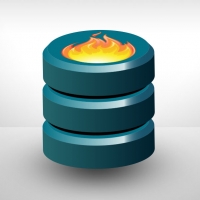-
Database Error 1002
If you encounter Error 1002 after performing an iCloud restore, this article explains what is happening and how to get around it.
Read More -
Using Dropbox to Share a Database Among Multiple Devices
Roastmaster provides simple, convenient methods to export database file(s) from one device for backup purposes, or to quickly import onto other iOS devices. You can save them to the documents folder of Roastmaster on the device for retrieval via iTunes file sharing, attach it to …
Read More -
Exporting and Importing Data
Roastmaster makes it easy to share key data types with other users, or a database between iOS devices.
Read More -
Protect Your Data With Database Backups
Whether you’re a home roaster with a passion for the best possible coffee, or a professional shop roaster who’s livelihood depends on it, protecting your data should be high on your priority list. It certainly is on ours, and Roastmaster provides several ways to help …
Read More -
Version 2.0
Curves have finally arrived! Notes about roasting curves, and the other new features in Roastmaster 2.0
Read More




